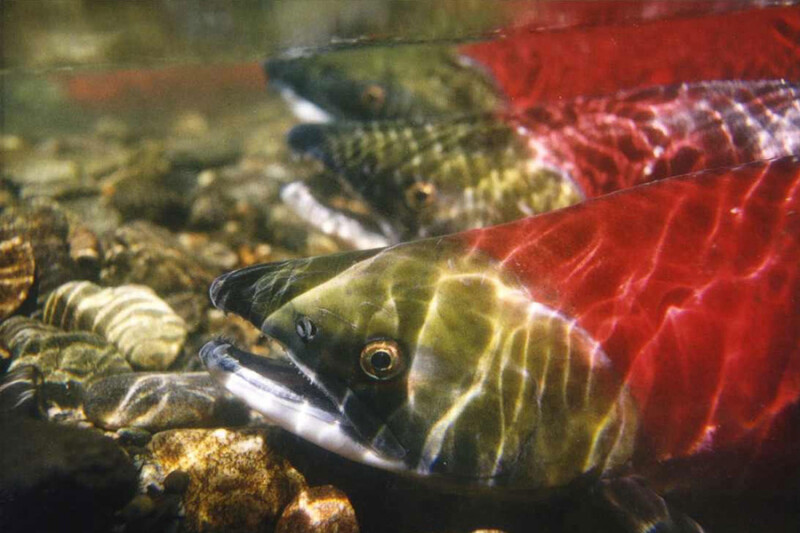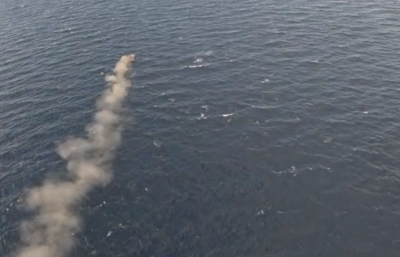With less than a week before the commercial salmon season gets underway in Upper Cook inlet, state and federal fisheries managers and the courts remain in a three-way stalemate about which government entity should govern the season and how the sockeye gillnet fishery should be managed.
The impasse stems from a 10-year-old lawsuit in which United Cook Inlet Drift Association cites mismanagement of the gillnet fishery by the National Marine Fisheries Service and Alaska Department of Fish and Game for failing to provide commercial access to a federal resource – the millions of sockeye that return to Cook Inlet rivers each year.
A sticking point has been that an ailing run of chinook salmon also return, and the present management scenario has put severe limitations on the fleet to protect those chinook stocks – but at the expense of shutting down the lucrative sockeye fishery.
For now, the 2023 season will fall under jurisdiction of the state, as it was last year, but drift fishermen haven’t forgotten their fears that they could lose entire seasons if management falls to the feds.
“They basically wanted to close the whole EEZ down to commercial fishing on July 15,” says Dave Martin, president of the United Cook Inlet Drift Association (UCIDA) in Soldotna. “That’s right when the peak of the sockeye run is. They don’t care about production. That way they can just close the fishery and wash their hands of it.”
Much of the drift gill netting in Upper Cook Inlet takes place beyond three miles from shore which puts it in the federal waters of the U.S. Exclusive Economic Zone (EEZ). Years ago, the North Pacific Fishery Management Council signed off on an amendment which relinquished federal management of the salmon in the EEZ to the State of Alaska. The problem was that ambiguity within the amendment did not provide an ample fishery management plan (FMP) when it handed it over to the state, and the UCIDA filed suit on grounds that the council did not address conservation and optimum yield to user groups consistent with the Magnuson-Stevens Act (MSA).
“Salmon are an anadromous species,” says Martin. “That means they need to be managed throughout the extent of their range and that includes the EEZ.”
Since then, the challenge has ping-ponged between the courts. A federal district court ruling sided with NMFS, but the Ninth Circuit Court of Appeals sided with the fishing industry and kicked it back to the lower court on grounds that its decision did not comply with the MSA. That left it in the council’s hands to craft a suitable management plan.
At a meeting in April the North Pacific Fishery Management Council was presented with four alternatives, ranging from closing the fishery, to a co-managed fishery between federal and state manager, to requiring various levels of in-season catch reporting requirements, or taking no action at all.
A long-standing complaint among the Alaska commercial fishermen and the Alaska Department of Fish and Game is that inefficiency of the federal management regime does not allow for maximizing the harvest when an onslaught of salmon return.
Federal protocols often set regimented day-to-day regulatory periods of fishing and closures and can’t respond to variability in run timing, particularly if the salmon arrive en masse. State management protocols, on the other hand, allow for opportunities to open commercial fishing periods, often within hours, if a significant biomass of sockeyes suddenly shows up.
At the April meeting, state representatives railed against the second alternative, which prescribed a cooperative management directive between the state and the feds.
Since then, Martin and other representatives from the industry, ADF&G and NMFS have met in person, in Anchorage, and twice remotely on Zoom, but are still no closer than when they started the process of hammering out an FMP.
“Nothing has changed,” says Martin, who has fished in Cook Inlet for 52 years. “Basically NMFS and the state were on the same page, to protect the weak stock (chinook salmon), and it definitely doesn’t comply with Magnuson, once again.”
With a run of fewer than 17,000 chinooks predicted for this year, ADF&G closed down the in-river angling fishery and the shore-based commercial set netters for the season. Martin and other fishermen have long complained that the present protocol for management of the chinooks has led to over escapement of sockeyes into major river systems flowing into Cook Inlet.
According to Martin, too many sockeyes in the rivers stress the spawning beds or leaves too little food for the progeny to survive and reduces the health of future returns. This year’s return has been forecasted at 5.1 million sockeye with a projected commercial harvest of 3.1 million.
The court, meanwhile, has ordered a 45-day progress report. Martin says not to expect anything new but that the groups hope to have a management plan implemented in time for the 2024 season.







